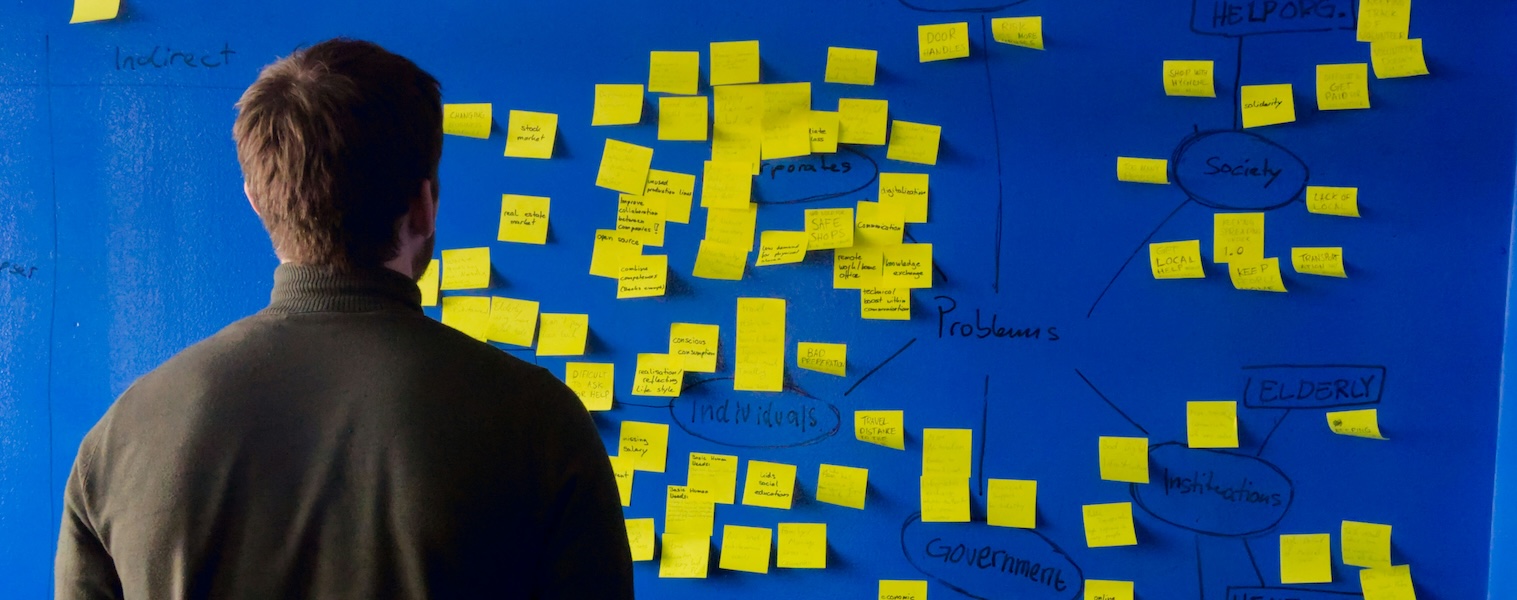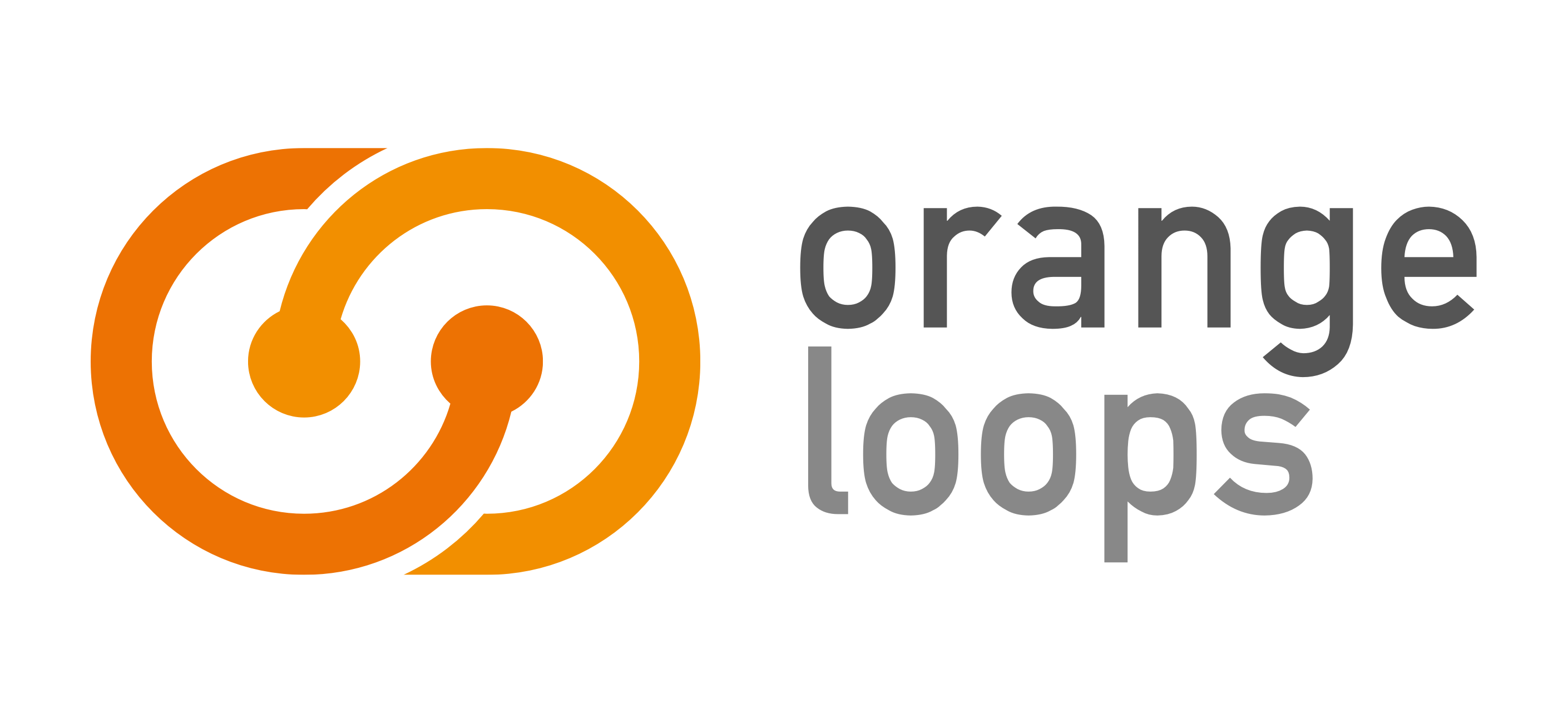
Building a digital product for your business can be daunting. Just consider that a whopping 95% of new products fail.
The reason?
More often than not, these products tank on the market because they don’t meet real user needs. Google Glass is one example of a famous flop that didn’t meet any customer pain points. Nobody wanted it because it didn’t add value to their lives.
As you rush to wow your customers, it’s important to think carefully about your next product. To avoid a mismatch between your idea and your user needs, it’s vital to undergo holistic product discovery.
Our experts at OrangeLoops have gathered everything you must know about product discovery best practices, including key steps, benefits and costs. In this way, your business will be well-equipped to create a product that succeeds on the market.
The Pivotal Role of the Product Discovery Process
Having an exciting idea for a digital product isn’t enough, even if it’s fun or intriguing. To buy a product, users need to see how it makes a strong impact on them. And although your intuition may be spot-on, you’ll have to refine or adapt the idea for your target market.
Product discovery is an in-depth process of analyzing your goals, users and market so that you build something that your customers care about. It removes the mystery by using a data-driven approach towards creating your product.
During this process, your IT partner will get a deep understanding of your users, including their pain points, preferences and other behaviors. The idea is to uncover valuable insights that will shape the development process and give you data-backed confidence in its design.
Ideal Use Cases for Product Discovery Best Practices
- You’re uncertain about your idea’s potential.
- You don’t have a clear path forward to build your product.
- You want to invest a great deal in a new product.
- You want to explore potential product opportunities.
- You don’t have in-house IT experts to glean their expertise.
- You want to reduce the risks of a new product.
Key Elements of Product Discovery: 5 Steps
In short, product discovery lets you explore the user problem with thorough analysis, business mapping, brainstorming, prototyping and testing before development even begins. Although every IT partner will have their unique process, product discovery will typically cover the following critical areas.
1. Learning
Keep in mind that 42% of apps fail due to a lack of a market need. During the first phase, your IT partner will get to know your users, target market and goals. Teams will undergo rigorous analysis of your vision, as well as information-gathering sessions with your business stakeholders.
Deliverables:
- Discovery sessions documentation
- Stakeholder questionnaires
- User interviews and surveys
- Market research
- Competitor analysis
Pro tip: Another effective way to gauge interest from your customers is to set up a landing page. Here you can create a wishlist for users, collect feedback, measure traffic and more.
2. Defining
Next, teams will start defining and prioritizing your business goals. They will clarify your success criteria and ideal user story. During this process, they will create a user persona, customer journey and more.
Deliverables:
- Objectives and Key Results (OKRs)
- User personas
- User flow and customer journey mapping
3. Refining
As priorities become clearer, teams will brainstorm potential solutions and opportunities. They will work on preliminary designs and choose priority features for an MVP.
Deliverables:
- Interaction documentation
- Storyboarding and moodboarding
- UI mock-ups exploration
- Visual mapping
- Opportunity solution trees
4. Prototyping
Now, prototyping begins in earnest by building an interactive experience that showcases your product’s flow and functionality. Teams will complete a range of mock-ups for the design and technical architecture so that future development is quick and seamless.
Deliverables:
- UX/UI wireframes (low-fidelity and high-fidelity)
- Wireframes documentation
- MVP mock-ups
- Product prototype/demo
5. Effort Estimation and Development Roadmap
The final phase is centered on mapping out the journey from prototype to a market-ready MVP, with a focus on meticulous planning and resource allocation. This involves detailed effort estimation and the creation of a development roadmap, outlining every step required to evolve the prototype into a functional Minimum Viable Product.
Deliverables:
- Detailed effort estimations for development phases
- A comprehensive development roadmap, including timelines, milestones, and team composition
- Tech stack specifications
The Advantages of Product Discovery Best Practices
Why is product discovery important? Ultimately, this process is ideal for transforming your idea into a viable product. Through product discovery best practices, you can enable all sorts of competitive advantages for your business.
1. Steer Your Product in the Right Direction
The product discovery process is all about validating your ideas with data and insights. Doing the extra leg work of early analysis and user surveys allows you to truly hone in on the right product for your target users. This prevents you from pouring resources into a product that’s doomed to fail.
Pro tip: If you’re building a mobile app, check out our end-to-end guide for building an app-specific MVP. There are numerous factors that you’ll want to consider in advance.
2. Build a Stronger Business Case
Creating a feasible MVP with experts can open doors for your business as well. If you’re keen on getting funding or approval for your product, having a clear, compelling product vision can help you win over board members or investors.
3. Reduce the Risks of Intuition Alone
Intuition can only go so far. Case in point: 80% of product features are rarely or never used by customers. When you make the wrong choices for your product development, it can lead to expensive and potentially disastrous results, such as delays, overspending, loss of business reputation and more. Ultimately, product discovery best practices insulate your business from the worst of these consequences.
4. Achieve a More Precise Timeline and Budget
Product discovery also paves the way for more effective development processes. Defining priority features and a roadmap early on allows you to know what to expect. This facilitates quicker development, as well as more efficient resource allocation.
Overall, you won’t have as many unforeseen changes and can plan your timeline and budget with confidence. Don’t forget that during budget planning, you’ll also want to ensure you’re using the right pricing model for your needs.
5. Enable a Continuous Discovery Mindset on Your Teams
The product discovery process is a crucial process for your IT teams. Digging into full product requirements early will align your developers, so that they’re on board with the business and technical needs.
This process also emphasizes iteration and integrates well with ongoing agile processes. Starting with discovery gives your teams a mindset of continuous improvement throughout the product life cycle.
6. Empower Project Scalability
Building a prototype gives your teams a jumpstart on prioritizing features and planning milestones. You’ll have a clearer sense of high-value areas that you want completed first. Plus, a roadmap helps inform how you will proceed and what type of budget you’ll require for each set of features. This helps scale your project over time according to your budget and timing restraints.
7. Boost Your Product’s Value
Tailoring your product to your target users will elevate your value proposition. You’ll be able leverage ideas and innovative practices that are compelling to your customers. In turn, you’ll achieve a high-caliber product. After all, 19% of apps fail because of a weak product core.
8. Increase Customer Satisfaction
Creating a high-caliber product that meets your user needs can only be positive for your customer relationships. Using product discovery best practices can enhance user engagement and increase customer satisfaction. As a result, you’re more likely to build stronger brand loyalty and boost product sales.
Is Product Discovery Worth It?
Often businesses skip product discovery, citing the price of this process. Generally speaking, product discovery will cost 5%-10% of your product development budget.
While this isn’t an insignificant expense, it’s worth analyzing the costs if you don’t choose to undertake it. Nixing the product discovery process can lead to some high-risk outcomes, such as:
- Low demand or lack of interest from target users
- Delays and overspending to correct mistakes
- Bad customer reviews and loss of business reputation
Remember that these negative results can be extremely expensive. Just imagine the worst-case scenario of building a product that doesn’t resonate with customers. All those resources wasted on a failed product can be devastating to your business.
Leverage Product Discovery Best Practices With OrangeLoops
Is product discovery worth it? In our expert opinion, yes! As a seasoned IT partner, we always recommend product discovery to set the stage for a successful product launch. Our hope is that you now know the process inside-out, including key steps, competitive advantages, and more.
Keep in mind that one of the most decisive factors in effective product discovery is your IT partner. At OrangeLoops, we specialize in robust, holistic product discovery best practices. We leverage a tried-and-true MVP process to validate your idea, tailor it to your users and iterate it over time for favorable outcomes.
As an industry-leading Boston software dev shop, we have the technical know-how and business aplomb to take your product to new heights. Reach out to us today!
Product Discovery Questions (FAQs)
How Expensive is Product Discovery?
Product discovery typically costs 5%-10% of your overall product development budget. However, discovery can reduce the risks of building the wrong product, saving you the costs of delays, overspending and more.
How Long Does Product Discovery Take?
The exact timing of discovery will vary according to your scope. That said, the average product discovery process takes 4-6 weeks total, with some large-scale projects lasting up to 8 weeks.
What Do I Need to Get Started With Product Discovery?
All you need is an open mind and the right IT partner by your side. Product discovery eliminates all prior assumptions, so you’ll start from scratch to understand your target users’ most urgent requirements.
What Questions Should I Ask During the Discovery Process?
Product discovery is focused on constantly asking questions and breaking down assumptions. Some ways to facilitate this stage is to think of key questions in advance. Here we’ve gathered our top product discovery questions to leverage during this process.
